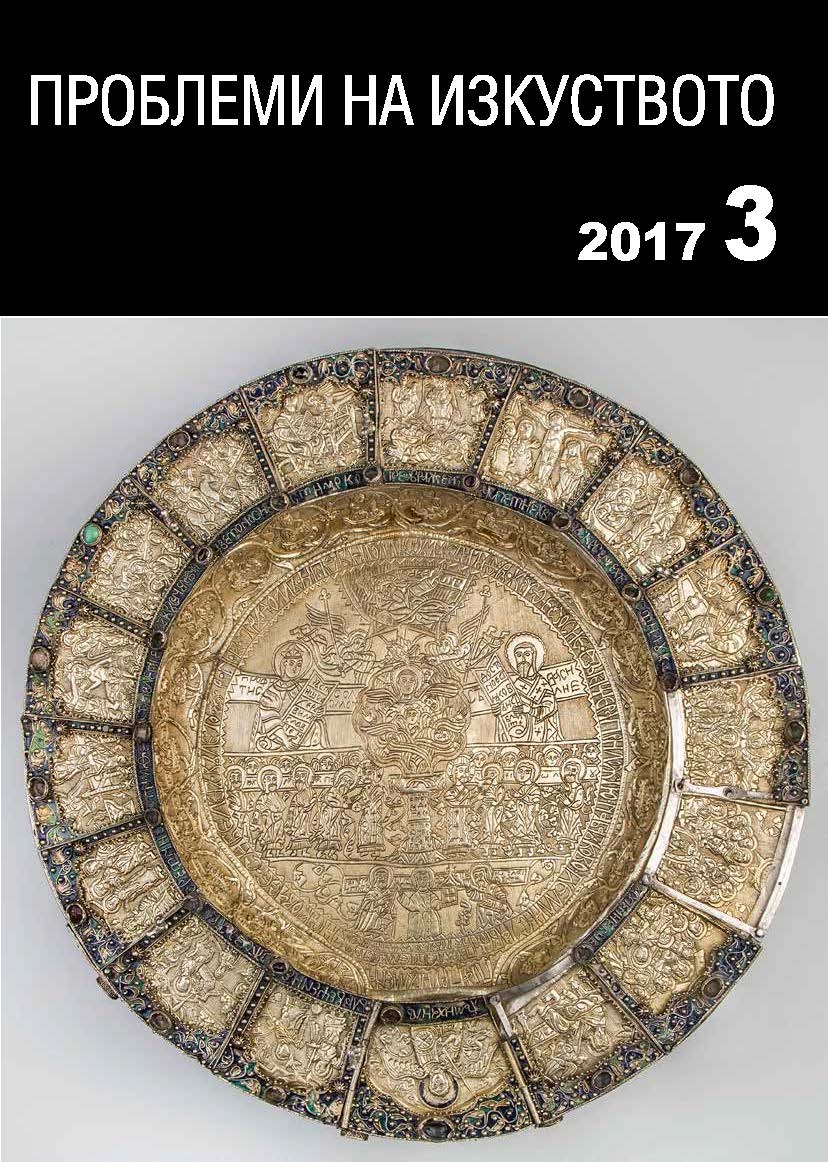Влашко и българските земи през ХVII век: контакти и културни взаимодействия
Wallachia and the Bulgarian lands of the seventeenth century: Contacts and cultural interrelations
Author(s): Margarita KujumdjievaSubject(s): History, Archaeology, Fine Arts / Performing Arts, Cultural history, Architecture, Ancient World, Theology and Religion
Published by: Институт за изследване на изкуствата, Българска академия на науките
Summary/Abstract: This paper seeks to outline the mechanisms behind the contacts between Wallachia and the Bulgarian lands in the ХVІІ century, using information about social groups who had more mobility in the period under consideration such as the Wallachian voevodes, members of the higher clergy, merchants, men of letters and icon-painters. The sources show that Ottoman authorities treated the Wallachian rulers as responsible for the Christians living south of the Danube in order to integrate Wallachia into the Ottoman imperial system. They enjoyed extensive rights in the lands south of the Danube, being able to support the locals. The most significant expression of this support was their donations to monasteries, to construction and painting of churches. The sources have it that when resuming a lord’s patronage of a sacred place, earlier records were mentioned in the newly issued chrysobulls. Many Wallachian voevodes were patrons of monasteries within the Bulgarian lands, yet funding was provided more often than not on a request by the ecclesiastical authorities, mostly by the hegumens, south of the Danube. A possibility that donations were initiated by the metropolitans is indicated, giving examples of relations between metropolitans of Tarnovo and Wallachian voevodes and their courts of the seventeenth and the eighteenth centuries. The practice to dedicate Wallachian churches and monasteries to certain monasteries south of the Danube as their metochia is also dealt with. The metochia in Wallachia had to transfer part of their annual surpluses to the places they were associated with. Such was the Monastery of SS Peter and Paul in Bucharest (the Târnovului, i.e. the Tarnovan Monastery), which probably was a metochion of the Monastery of the Holy Trinity in the vicinities of Tarnovo or of the Metropolitan Church of SS Peter and Paul in Tarnovo. The story of the Church of the Assumption (Biserica Scaune), which was constructed by the Guild of the Butchers in the late ХVІІ century to be refurbished as early as the turn of the ХVІІІ century, is given in a nutshell. The funds were provided by Thanasie from Tarnovo and his nephew Stavro. In Bulgarian literature, until lately, the church and the portraits of the donors in it were groundlessly dated to 1633. The study devotes special attention to the relations between the village of Arbanassi and Wallachia, to the presence of members of the Wallachian branch of the Kantakouzenos (Cantacuzènes) family. The issue is broached of the participation of icon-painters from Wallachia in the painting of Arbanassian churches at the turn of the ХVІІІ century. This information has been recorded as late as the mid-ХVІІІ century. The similarities between the church painting ensembles in Wallachia and Arbanassi of the previous decades are due mainly to the fact that the commissioners on both sides of the Danube have hired teams of painters of the same extraction and place of training related to the workshops in North Greece and especially to Linotopea. Members of those teams were, as a rule, Greek masters, but they would work with local icon-painters executing commissions by wealthy church donors from a vast Balkan area in the ХVІІ and the early ХVІІІ centuries.
Journal: Проблеми на изкуството
- Issue Year: 2017
- Issue No: 3
- Page Range: 3-12
- Page Count: 10
- Language: Bulgarian
- Content File-PDF

